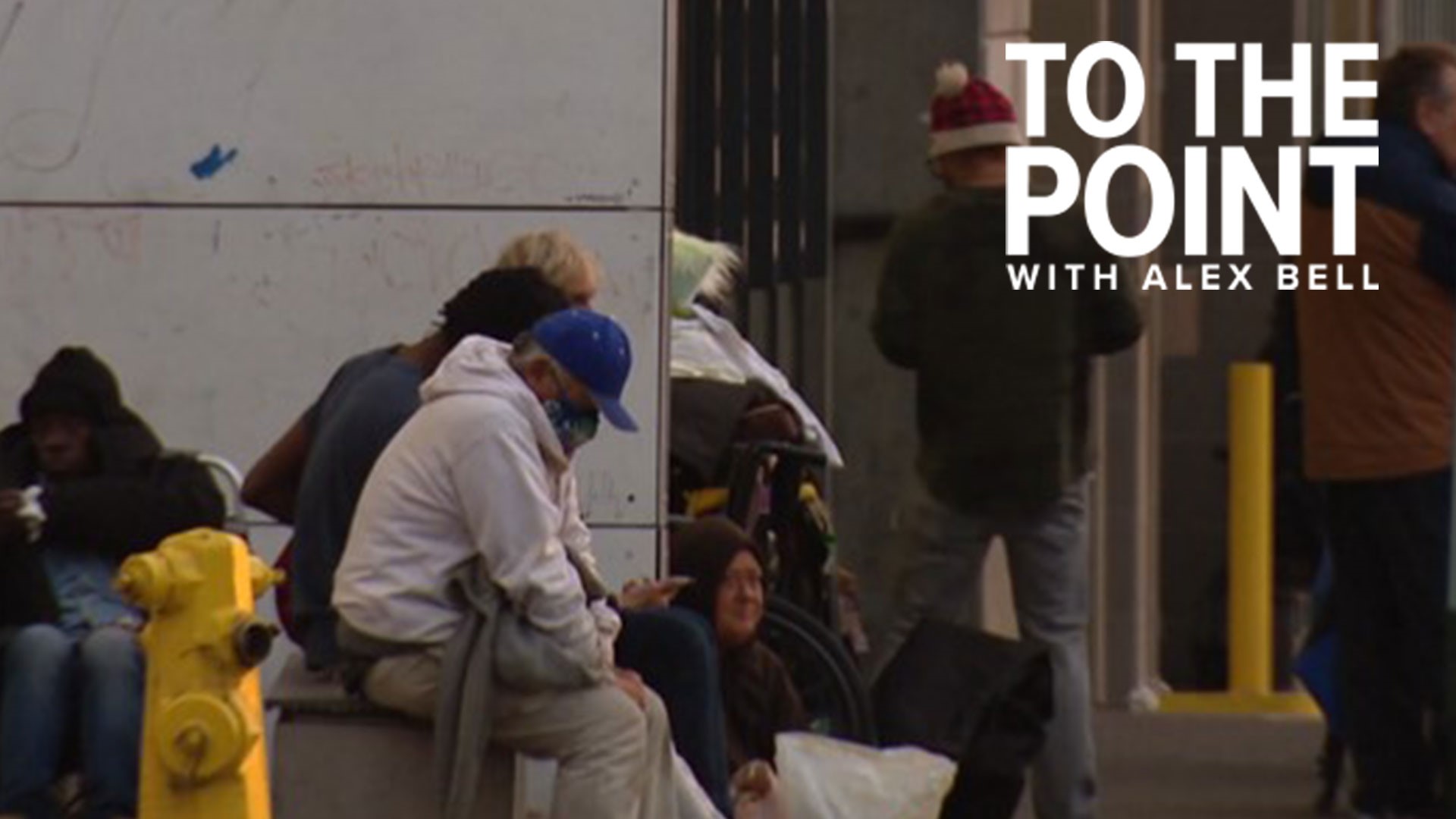SACRAMENTO, Calif. — The city of Sacramento and UC Davis Health is looking into the impacts of those experiencing homelessness and their time in the emergency room.
It’s a concept called a "revolving door."
Treating those experiencing homelessness, sending them back out to the street only for them to have to come back for care.
It’s an idea that describes what Carlos has been through. He’s been experiencing homelessness his entire life. Spending time in and out of the emergency rooms, sometimes not sick enough to stay for more than a few hours. But Carlos tells us the revolving door, it’s now stopped for him.
He’s currently self-bandaging his hand rather than going to the emergency room.
“They blame it all on my mental illness and my drug use and my alcohol use and then I stop my drug use and alcohol use. Then they put me on medication that doesn’t work and there is serious side effects where my body is shaking all the time and my hand hurts all the time,” said Carlos.
According to UC Davis Health, Carlos and others experiencing homelessness make up around 5% of patients seen in their emergency rooms. They have been collecting data for the last year from their Emergency Department.
Of patients who make four or more visits to the ER in 90 days, these are the statistics:
- 10% are unhoused patients versus 1% of housed patients
- 19% of unhoused patients with mental illness
- 39% of unhoused patients with substance use
It’s what Dr. Aimee Moulin sees every day as an emergency room doctor running addiction medical services.
“A huge lack of capacity in our emergency care system we definitely need more resources to meet the need of our community, the unhoused population is not the majority of the population that are seeking care in the emergency department,” said Dr. Moulin.
Dr. Moulin says what they need is someone to coordinate long-term outpatient services for substance abuse. Substance abuse along with psychosis are some of the top complaints from the unhoused. But it’s also things anyone would come in for, shortness of breath and pain so they need multiple solutions.
That’s why Sacramento Mayor Darrell Steinberg is a part of the conversation. To share how the city and county joint homeless agreement can help.
“Navigate them to a CORE center a county-run mental health center opposed to an emergency room to have the beds to back it up then we have a much better chance of helping people succeed and cleaning the city,” said Steinberg.
One of the biggest points discussed is the myth that people experiencing homelessness don’t want care.
67% of patients experiencing homelessness that got enrolled through the emergency room in a substance abuse program showed up for follow-up treatment.

















